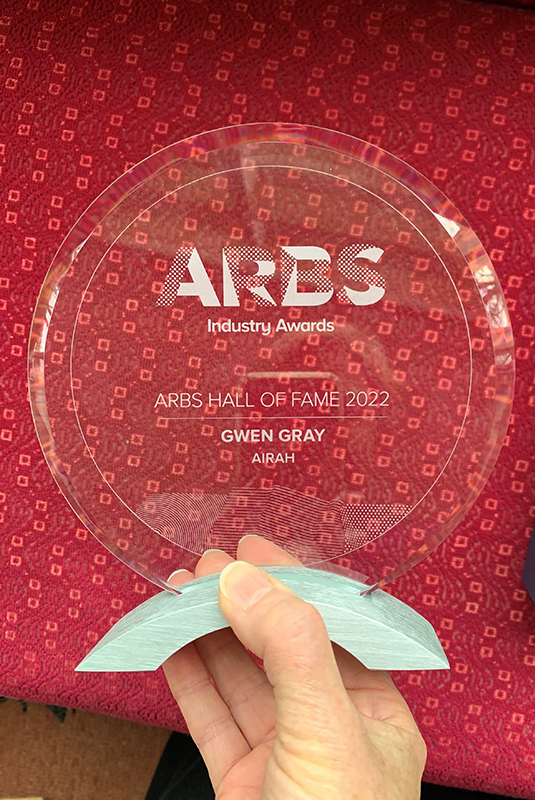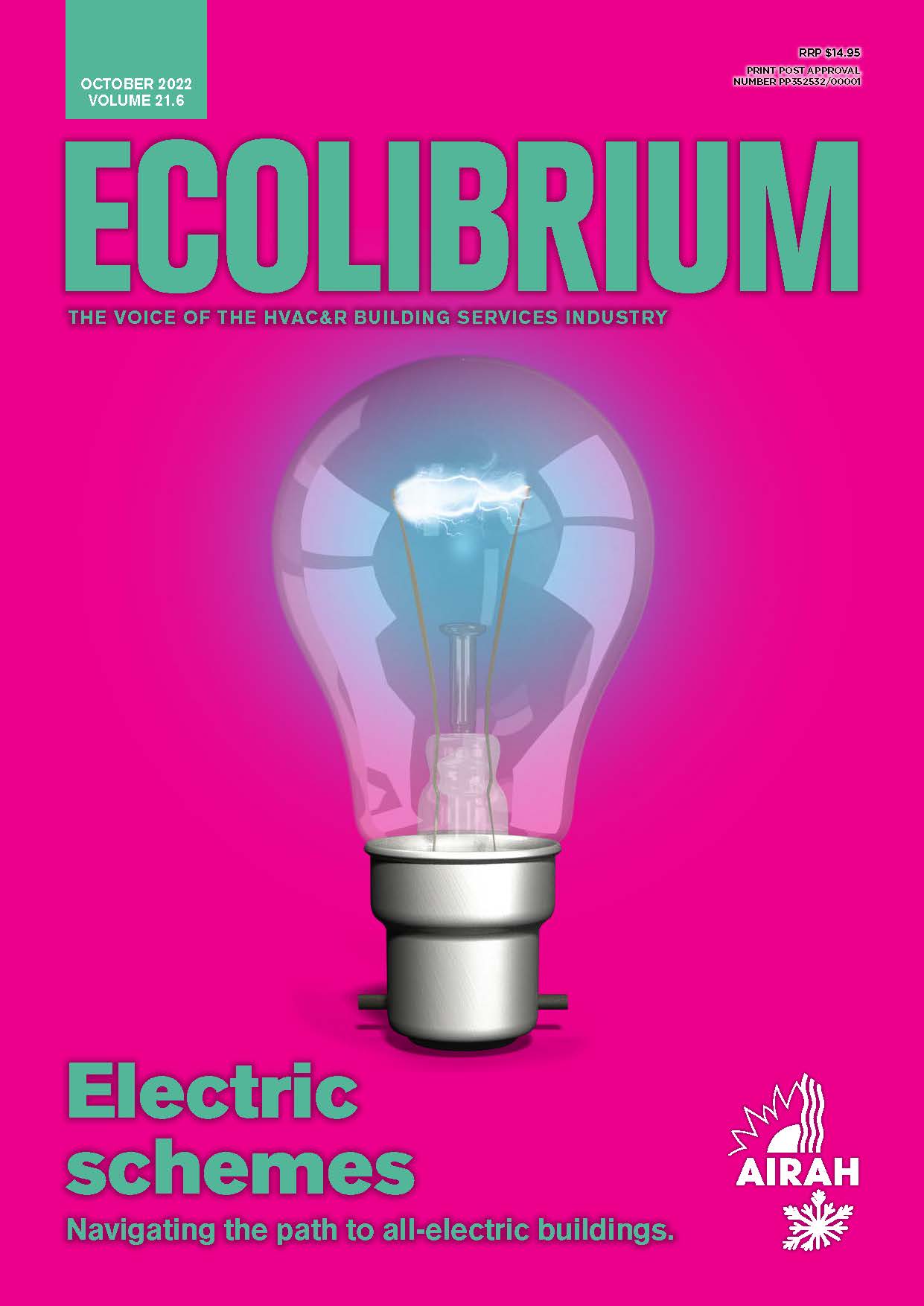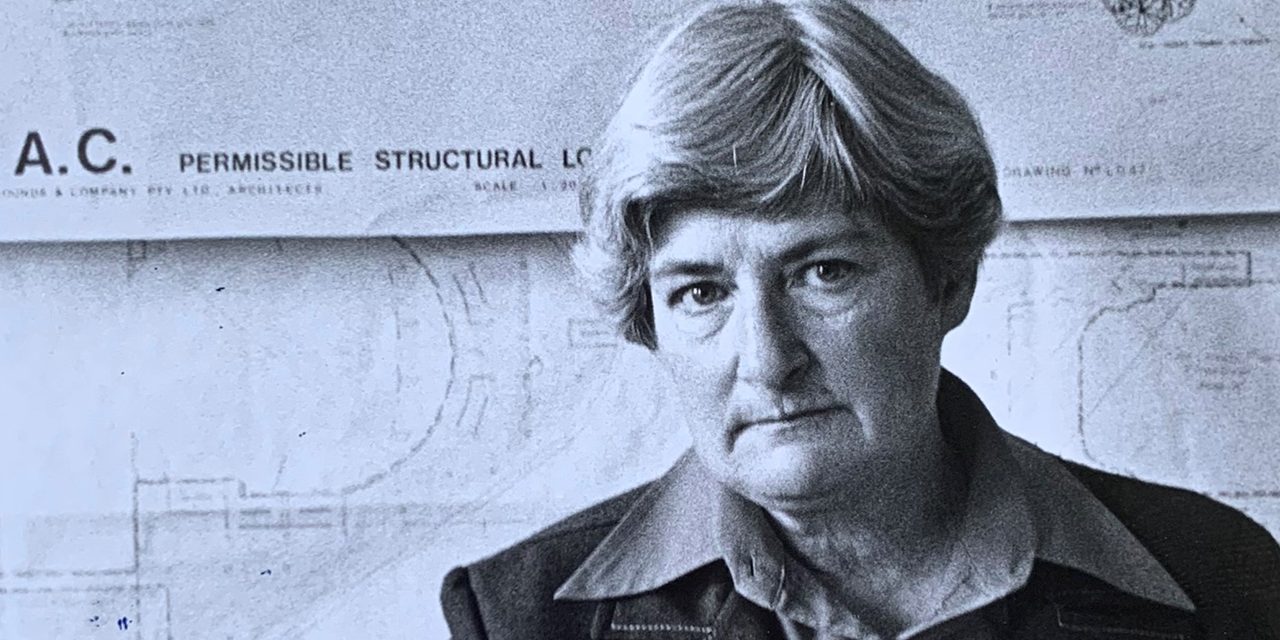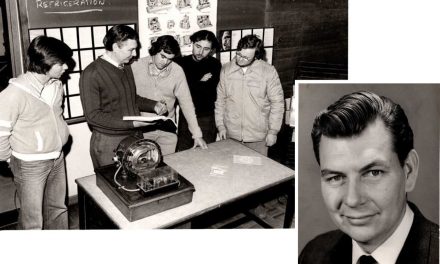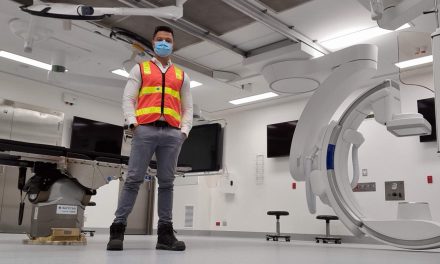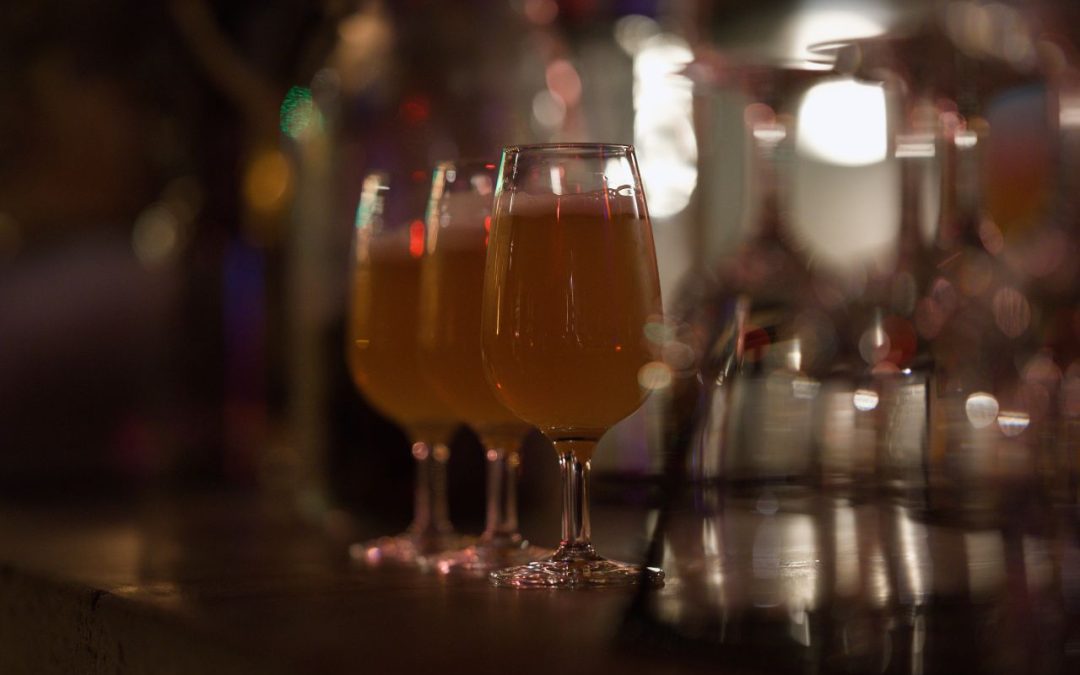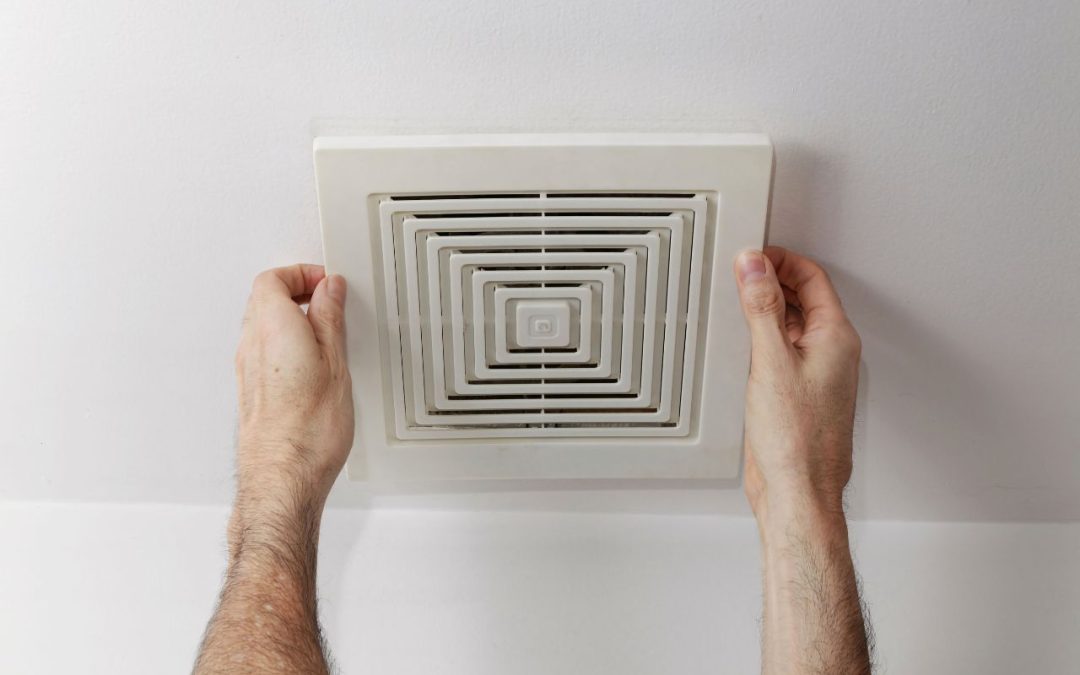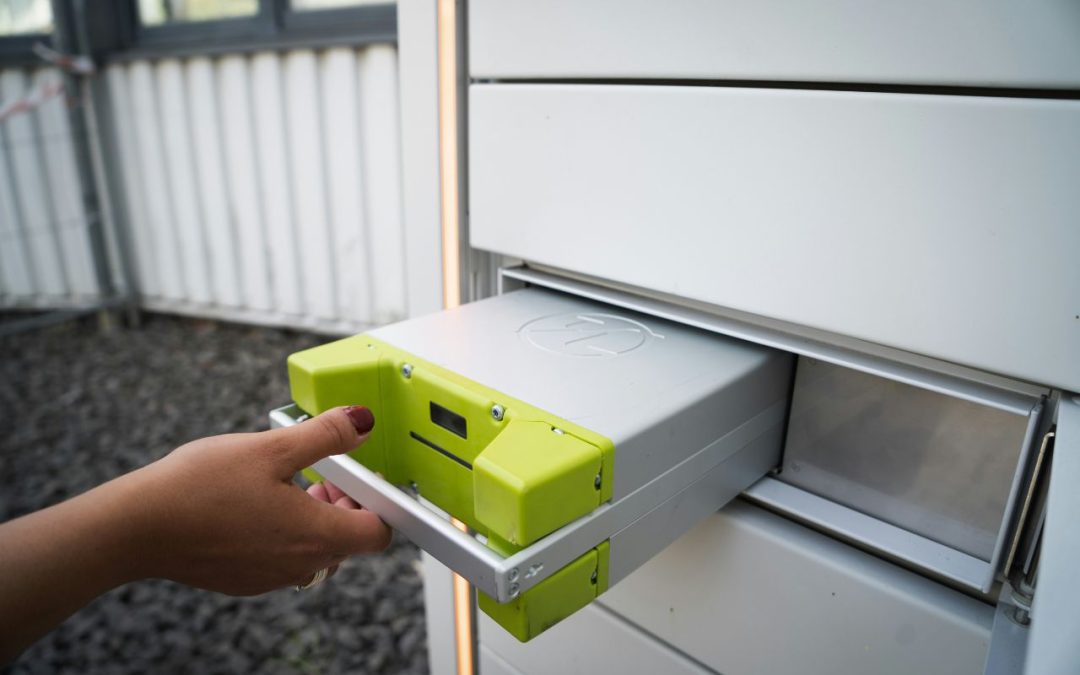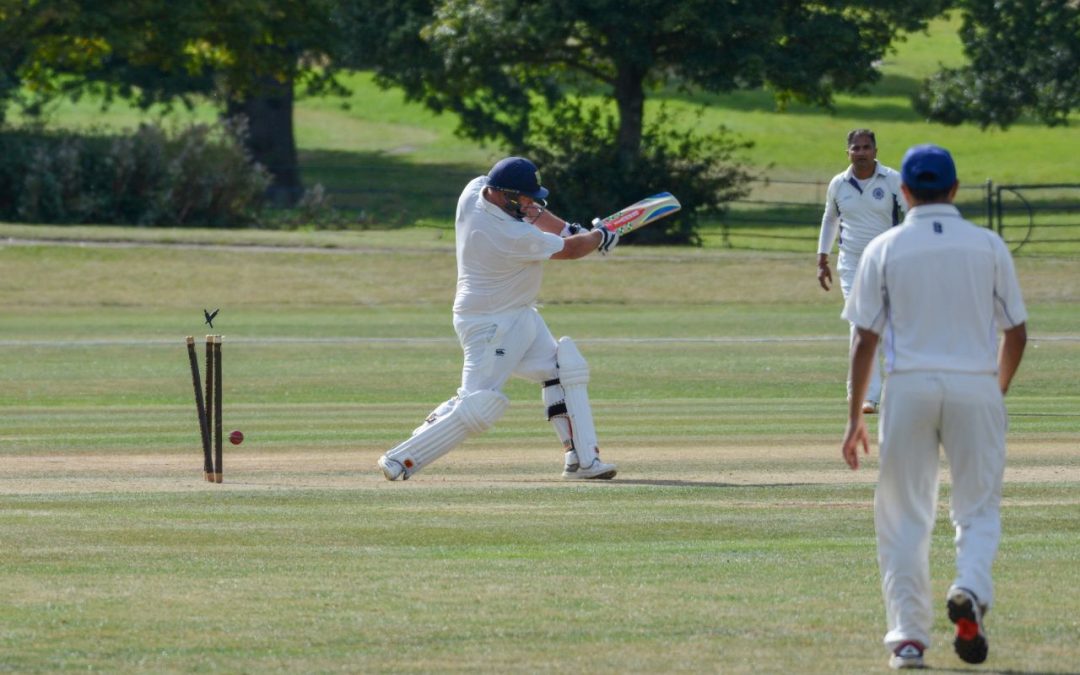Congrats to Gwen Gray, AIRAH’s first female member when she joined and now a posthumous member of the ARBS Hall of Fame.
Gwen Gray was a trailblazing female engineer. AIRAH’s first female member when she was admitted to the Institute in 1967, Gray passed away in April.
On the occasion of the recent ARBS Awards dinner, Gray, an AIRAH Life Member, was admitted to the ARBS Industry Hall of Fame.
Hers was a worthy inclusion.
Not only was Gray a pioneer as an engineer, she was an active and energetic AIRAH member, serving as Victorian President, Conference Secretary, and AIRAH Journal correspondent, among many other official and informal roles.
Gray worked for four decades as a mechanical engineer with Basset Consulting Engineers, and retired from that firm as an associate in 1986.
She became an engineer through a combination of circumstances. She spent her high school years at MacRobertson Girls High School in Albert Park, Melbourne, during the Second World War, and left to take a job in defence production. Gwen worked in the drawing office of the Department of Aircraft Production (DAP) at Fisherman’s Bend where Beaufort bombers and Beaufighters were manufactured.
At war’s end, with encouragement from her father, Gary’s experience in the drawing office was quickly redirected to peacetime development, and she was engaged by the consulting firm headed by WE Bassett.
While at DAP she had begun a part-time course in mechanical and marine engineering at Footscray Technical College – now Victoria University – and completed it while with Bassets.
“Such was her ability and energy that ultimately Gwen was responsible for documentation, supervision and administration stages of major projects, mainly in the mechanical services field,” according to a member profile that featured in an AIRAH Journal article from 1995.
“The most complicated plant layout she prepared was for the Royal Melbourne Hospital boiler extensions in the early 1960s, together with the associated central linen service laundry.”
The largest plant room Gray worked on was that located below the Victorian Arts Centre spire, where plant for more than 30 different air handling systems is located. The epic project ran for six years, first assisting at the design stage and later as site engineer during construction of the Concert Hall.
“The Victorian Arts Centre was by far the largest and most interesting project in my 40-plus-year career,” recalled Gary in her memoirs. “My 35mm SLR camera produced two folios of photos – one each for theatres and Concert Hall (later renamed Hamer Hall.) And there could have been more. Oh for a digital camera then! I must note my astonishment at the beauty that transformed from a diabolical mess only weeks before the opening functions of both buildings.”
